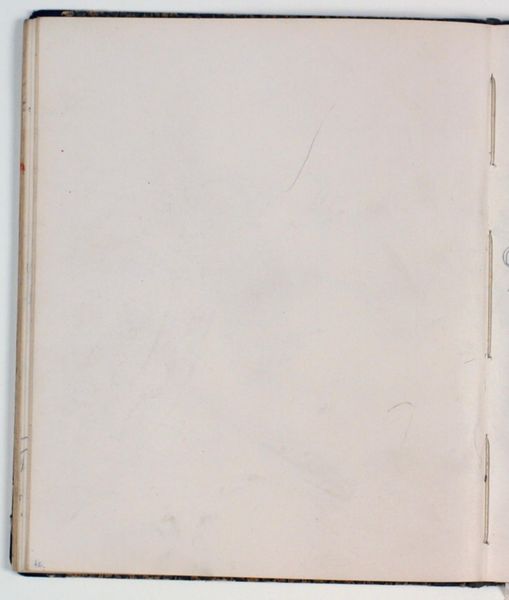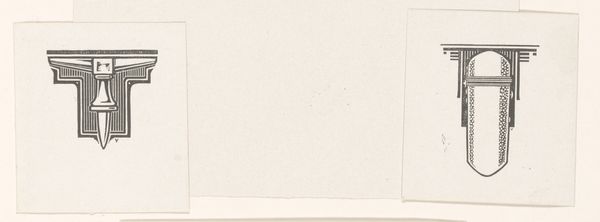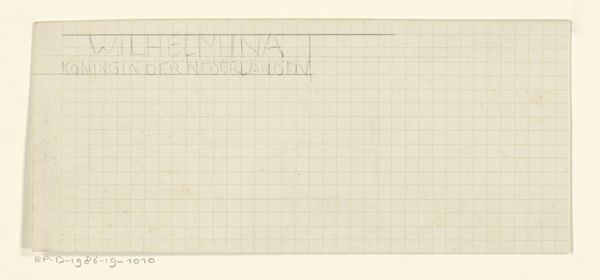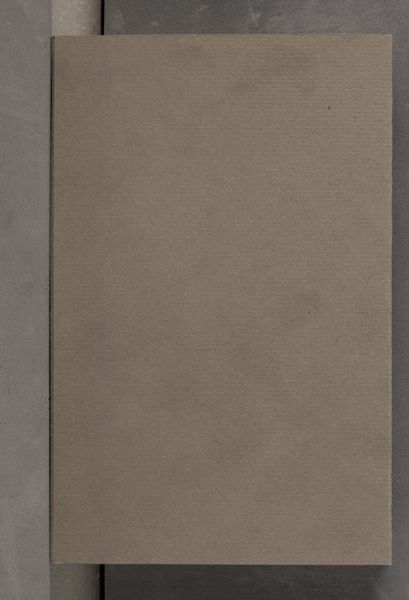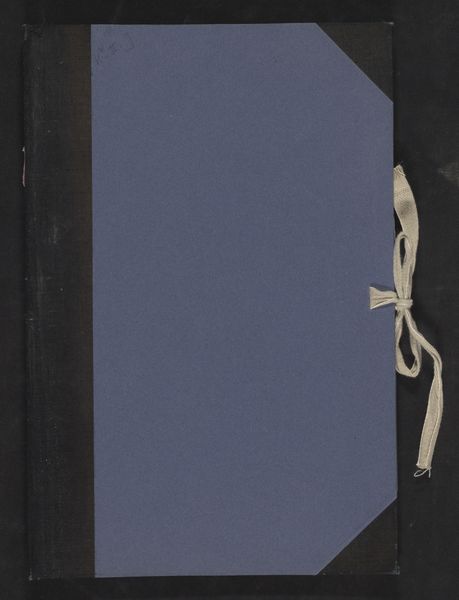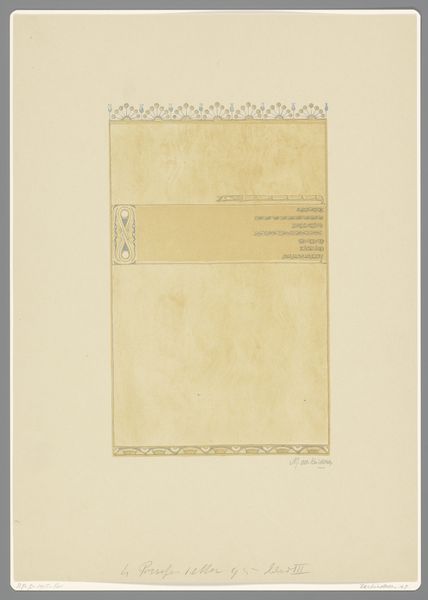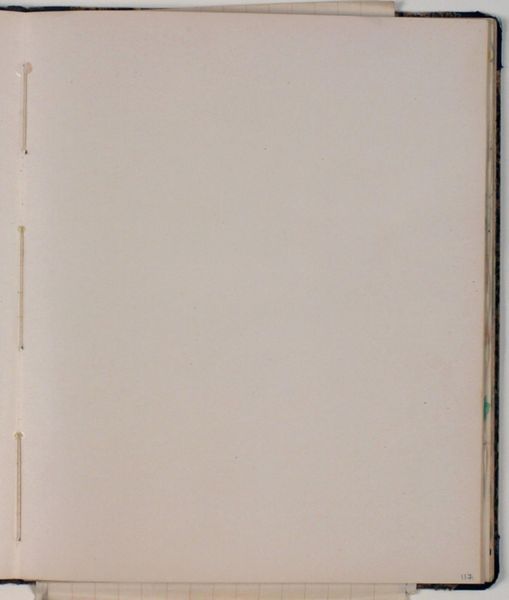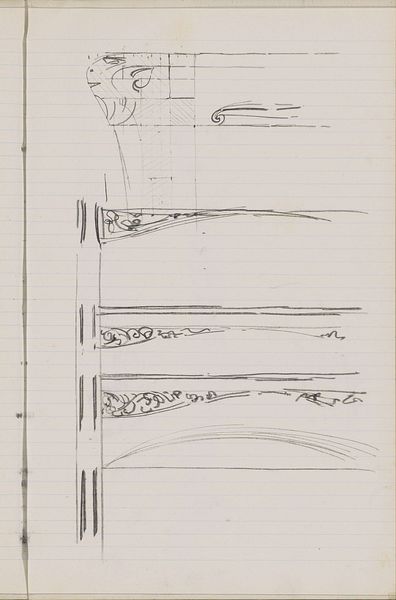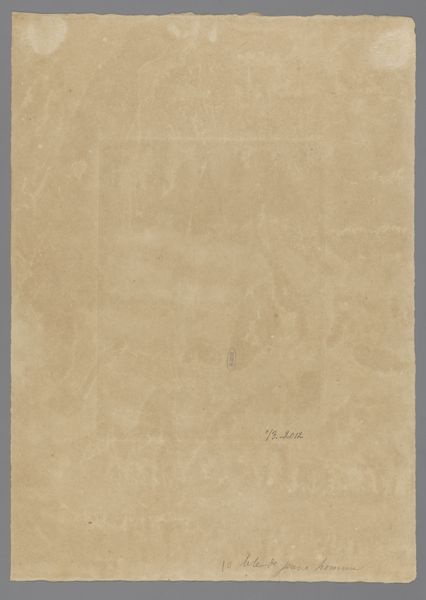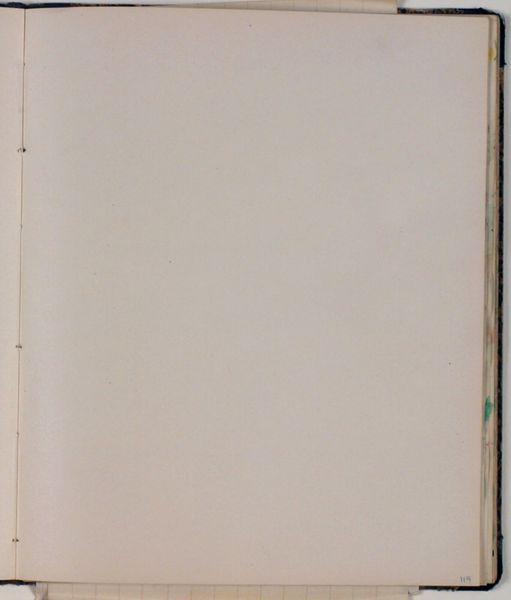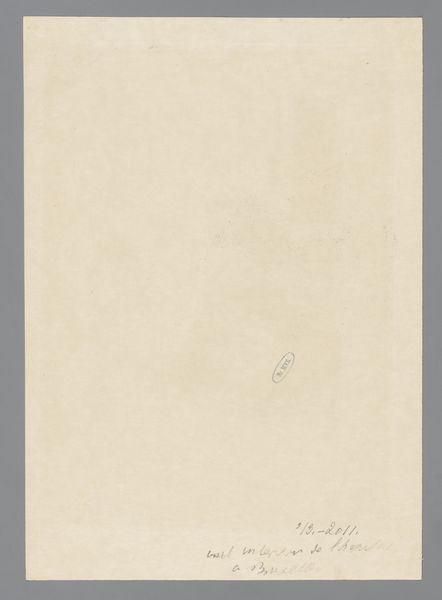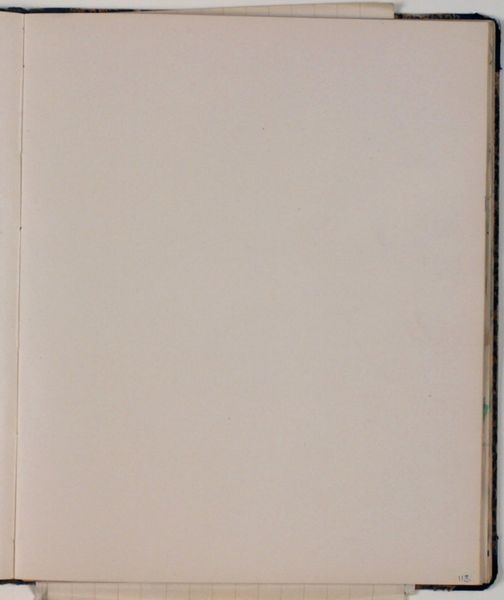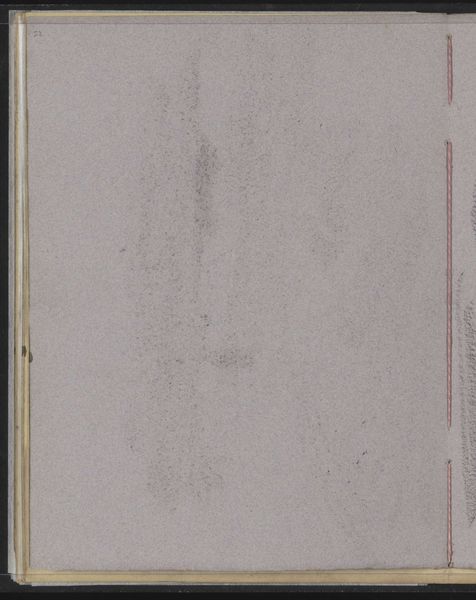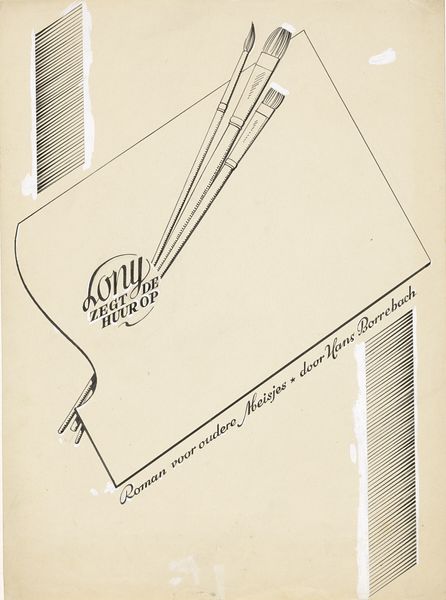
paper, photography
still-life-photography
contemporary
conceptual-art
paper
photography
geometric
monochrome
Dimensions: image (each): 19.5 × 24.5 cm (7 11/16 × 9 5/8 in.) sheet (each): 20 × 25.08 cm (7 7/8 × 9 7/8 in.) mount: 50.8 × 71.12 cm (20 × 28 in.) mat: 55.88 × 71.12 cm (22 × 28 in.)
Copyright: National Gallery of Art: CC0 1.0
Editor: So, this is Robert Cumming’s “Ring-bound Stationery; Sketch to Final State” from 1975. It's a black and white photograph on paper, and it strikes me as incredibly methodical – almost bureaucratic. What’s your interpretation of this rather unusual still life? Curator: Well, it's easy to read this work as simply about documentation, but I see something more critical. Think about the 1970s – an era grappling with institutional power and questioning established norms. How might Cumming be using this sterile depiction of office supplies to comment on the structures of bureaucracy and control that permeated daily life? Consider also how seemingly objective artistic media such as photography are in fact staging reality rather than documenting it. Editor: I hadn’t considered that! The almost clinical presentation does make it seem like he's highlighting how these mundane objects play a role in larger systems. Do you think the 'sketch to final state' element is significant in that regard? Curator: Absolutely. Think about how bureaucratic processes often involve endless drafts and revisions, ostensibly moving towards a final, perfect state. But what is 'perfect' here? And for whom? Consider the power dynamics inherent in those processes and who benefits from such obsessive order. Cumming is inviting us to think about standardization and its impact on individual expression. Do you see a feminist lens in how repetitive acts or ordinary actions might relate to work traditionally assigned to women and thus become an important artistic subject matter? Editor: I guess that perspective makes the work less about the objects themselves and more about what they represent in terms of control and labor. Curator: Precisely. By elevating these humble office tools to the subject of art, Cumming demands we analyze their connection to power structures and social organization. How, even with the best intentions, can such bureaucratic apparatus also function as vehicles for manipulation and control? Editor: This has completely shifted how I view this image. It's no longer just a still life; it's a commentary on social dynamics and labor itself. Thanks! Curator: It's in these seemingly mundane images that we often find the most profound reflections on ourselves and the systems we create. Food for thought, indeed.
Comments
No comments
Be the first to comment and join the conversation on the ultimate creative platform.
